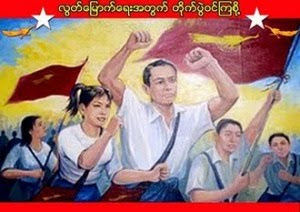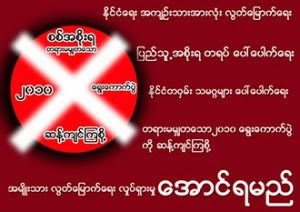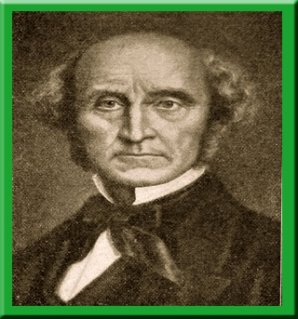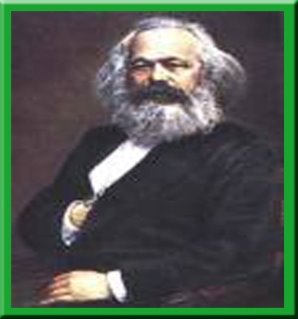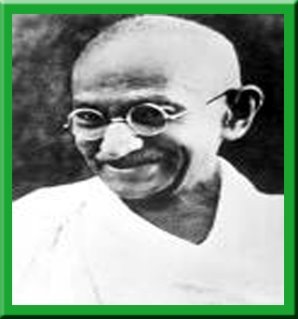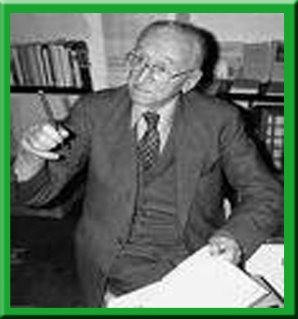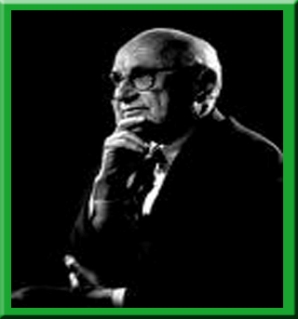On the 59th anniversary of the Union Day of Burma on 12th February, 2006, the top leadership of the National League for Democracy offered that the military regime should initiate the first step towards creating fine political conditions by 17th April 2006. If the military regime accepts this offer, it will be the initiation of the national reconciliation. If the regime turns down this offer, it will be the choice they have made for their own fate.
For national reconciliation, Crocker defined it as
“People hear each other out, enter into a give-and-take with each other about matters of public policy, build on areas of common concern, and forge compromises with which all can live” (Crocker, 2000:108)
In this situation, former enemies may continue to disagree, but respect each other as equal citizens in a democratic society.
Reconciliation in the context of individual psychological healing is different from the national reconciliation in the context of public policy making in a thinner or thicker sense. Reconciliation requires oblivion and focus on the future, not on the past (Gloppen, 2002:14). In general, the road to reconciliation may take two main forms, from justice to reconciliation and truth to reconciliation.
For justice, it refers to the International Military Tribunal of Nuremberg to the Rome Statue of international Criminal Court. The institutionalization of justice can be shown as:
(1) Permanent judicial structures
· Domestic institutions: Trials in ordinary courts by domestic judiciary (Ethiopia, Argentina, Nazi trials in Norway and other countries after World War II)
· Mixed institutions: Trials by judiciary under UN- administration (East Timor)
· International initiatives: International Criminal Court, Trials in foreign Courts (Spain-Chile, Belgium-Rwanda)
(2) Ad-hoc judicial structures
· Domestic institutions: Ad hoc domestic tribunals (Rwanda)
· Mixed institutions: Joint tribunals- domestic and international judges (Cambodia, Sierra Leone)
· International ad-hoc tribunals (Former Yugoslavia, Rwanda)
All these strategies are the mechanisms for delivering criminal justice in international politics.
The international criminals who have committed genocide, crimes against humanity and acts of terrorism are subjected to the universal jurisdiction. According to the section 402 of the Foreign Relations Law of the United States based on the American Law Institute, the basic jurisdictional principles are as follows.
Territorial Principle (prescribing with respect to conduct taking place within a state’s territory)
Effects Principle (prescribing with respect to conduct outside the territory that has effects within it)
Nationality Principle (prescribing with respect to acts, interests or relations of a state’s nationals within and outside its territory)
Protective principle (prescribing with respect to certain conduct of non-nationals outside a state territory that is directed against the security of the state)
Passive personality principle ( prescribing with respect to acts committed outside a state by a non-national where the victim was a national
Territorial Principle (prescribing with respect to conduct taking place within a state’s territory)
Effects Principle (prescribing with respect to conduct outside the territory that has effects within it)
Nationality Principle (prescribing with respect to acts, interests or relations of a state’s nationals within and outside its territory)
Protective principle (prescribing with respect to certain conduct of non-nationals outside a state territory that is directed against the security of the state)
Passive personality principle ( prescribing with respect to acts committed outside a state by a non-national where the victim was a national
These principles are bound by a number of qualifications and considerations and the section 404 clearly stated that
“A state has a universal jurisdiction to define and punish certain offences recognized by the community of nations as of universal concern” (Steiner, 2000:1133)
So it is clear that there is a universal jurisdiction for international crimes and different types of apparatus can be used to prosecute the criminals who have committed the genocide and crimes against humanity as like the Burmese State Peace and Development Council (SPDC) regime.
Alternatively, the adoption of Truth Commission may represent the other road to national reconciliation. It is a form of restorative justice (primarily knowledge about what happened, steps to rectify the harm suffered by victims) and prospective justice (creating conditions preventing human rights violations in the future) rather than the retributive justice (the element of punishment)
Glopper identified the institutional features of the Truth Commission as
1. Process of creating commission (executive decision-parliamentary process- Civil Society input-Internationally driven)
2. Composition (Partisan-Politically balanced-Neutral-International)
3. Time of operation (6 months to 3 years)
4. Mandate (varied from narrow to wide)
5. Reporting (varied from secret report to widely published)
6. Amnesty Provisions (varied from Blanket amnesty, Conditional amnesty to no amnesty)
(Glopper, 2002:18)
The most successful example of Truth Commission took place in South Africa democratization process. Other examples include
Bolivia (1982-1984)
Argentina (1983-84)
Uruguay (1985)
Uganda (1986-95)
Nepal (1990-91)
Chile (1990-91)
Chad (1991-92)
Germany (1992-94)
EI Salvador (1992-94)
Sri Lanka (1994-1997)
Haiti (1995-96)
Burundi (1995-96)
South Africa (1995-2001)
Ecuador (1996-97)
Guatemala (1997-1999)
Nigeria (1999)
Sierra Leone (2000) and so on.
These are the results of the worldwide public truth-telling as the road to reconciliation and this road was taken after the peaceful transformation from dictatorship to democratic regime.
In conclusion, the special olive branch of the NLD statement gives the military regime of Burma to choose between the transformation versus replacement mode of democratization as well as the universal jurisdiction versus Truth Commission ways of the road to national reconciliation. It is also the last chance of the SPDC regime given by the election-winning party and the people; and if the regime turns down this NLD offer, what will happen next? The only way is to kick out the regime members from the Power with People Power Movement and International means and prosecute the international criminals with the universal jurisdiction.
Khin Ma Ma Myo
(16/04/2006)
References
Steiner, H. & Alston, P. (2000) International Human Rights in Context: law, Politics, Morals, Oxford University Press, Oxford
Stiles, K. (1995) Case Histories in International Politics, HarperCollins College Publishers, New York
Kegley, C. & Wittkopf, E. (1989) World Politics: Trends & Transformations, St.Martin’s Press, New York
Gloppen, S. (2002) Reconciliation and Democratisation: Outlining the Research Field, R.2002:5 Chr. Michelsen Institute, Norway
Crocker, DA. (2000)“Truth Commission, Transitional Justice and Civil Society”, in “Truth v. Justice”, Rotberg, RI. & Thompson, D.(ed) pp.99-121, Princeton University press, Princeton, New Jersey




















